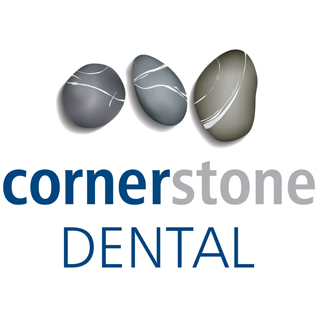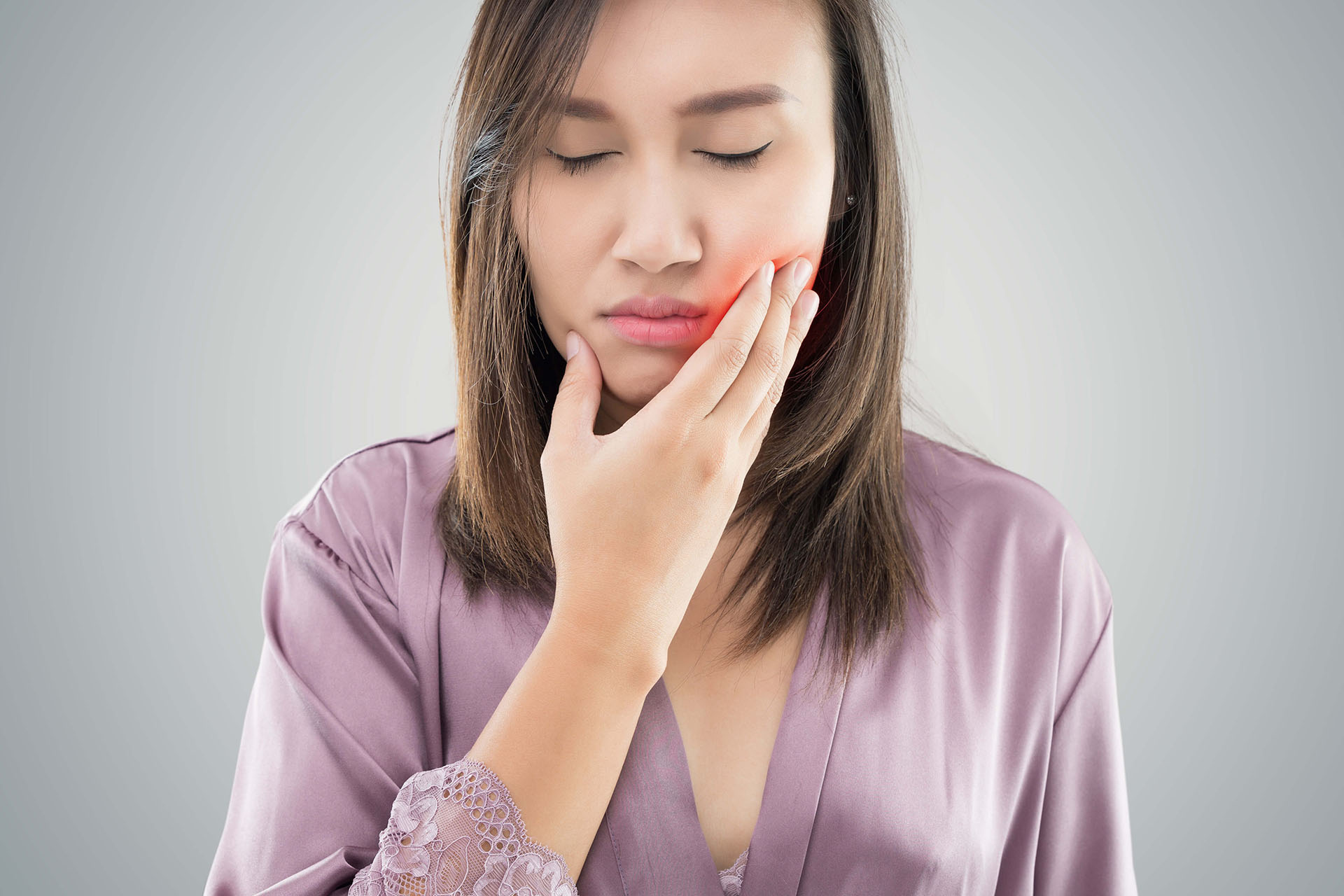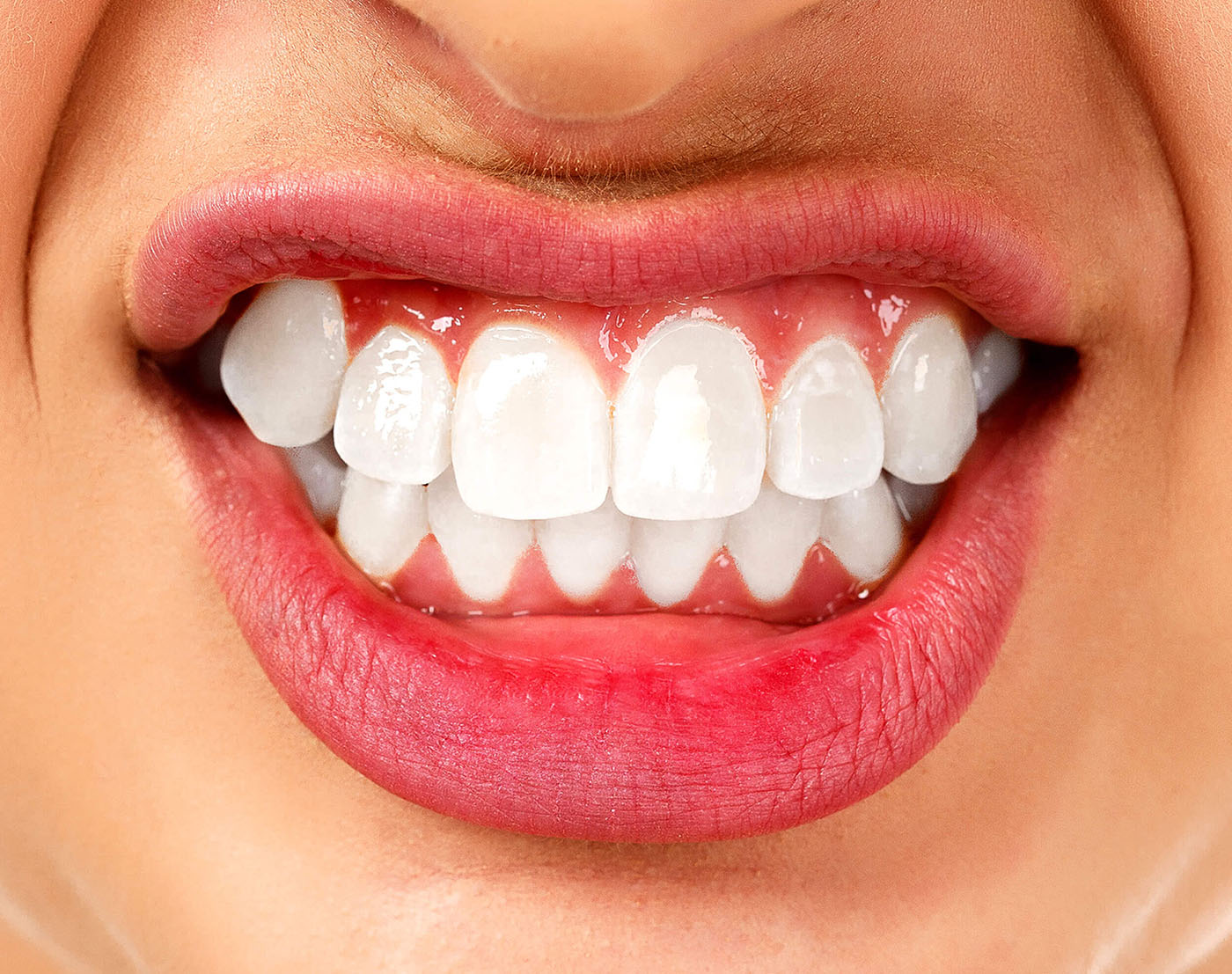Following the conservative management program listed below will decrease symptoms and enable healing to occur in the majority of individuals.
REST:
During the initial phase of treatment, particularly if symptoms are acute, stay on a soft diet. If a food is too chewy, or very sticky, then you should avoid it.
The other aspect of resting the joints and muscles is to limit speaking- it is only a short term requirement for the next 14 days or so.
ANTI INFLAMMATORY MEDICATION:
Your dentist may prescribe tablets for temporary pain relief as well as anti-inflammatories.
MOIST HEAT:
Moist heat applied to the area around a painful joint or painful muscle will provide more relief.
DISENGAGEMENT:
One of the most important steps in breaking the habit of clenching and grinding your teeth together, is to keep the teeth apart. During the day you must make a conscious effort to separate your teeth. This simple step will relax the very muscles that have become tense and taut, as well as permitting a more normal positioning of your jaw joints. Remember that the only time your teeth should touch is during swallowing and chewing. Your teeth should actually be apart at all other times of the day.
NIGHT GUARD:
When you are asleep, it is not possible to control the position of your teeth, and many people will clench or grind in their sleep. This additional muscle and joint activity may completely counteract the beneficial effects of the steps described above, and so you may not see much if any improvement, if you are grinding at night time.
To assist, we can make you a night guard which you place over your top teeth before going to sleep. When used correctly, the guard will limit or sometimes completely stop any night time grinding and clenching.
ADJUNCTIVE THERAPY:
As the TMD is a musculoskeletal condition, you may benefit from seeing a specialist in this field. Accordingly, if you are not seeing enough improvement by adhering to the regime described above, or if you would like to “jump start” your care program, then please advise us so that we can arrange to refer you to a Head and Neck Physiotherapist or Prosthodontist.
Most people experiencing TMD symptoms will benefit significantly from these care procedures and after two to three weeks of consistent and deliberate action, the majority of patients will report significant or even total relief of symptoms.
Occasionally, some patients fail to respond and further care from a Physiotherapist specializing in the Head and Neck, and then some minor surgical intervention may become indicated. You are of course welcome to return to see us at any time for a review to monitor your progress.















